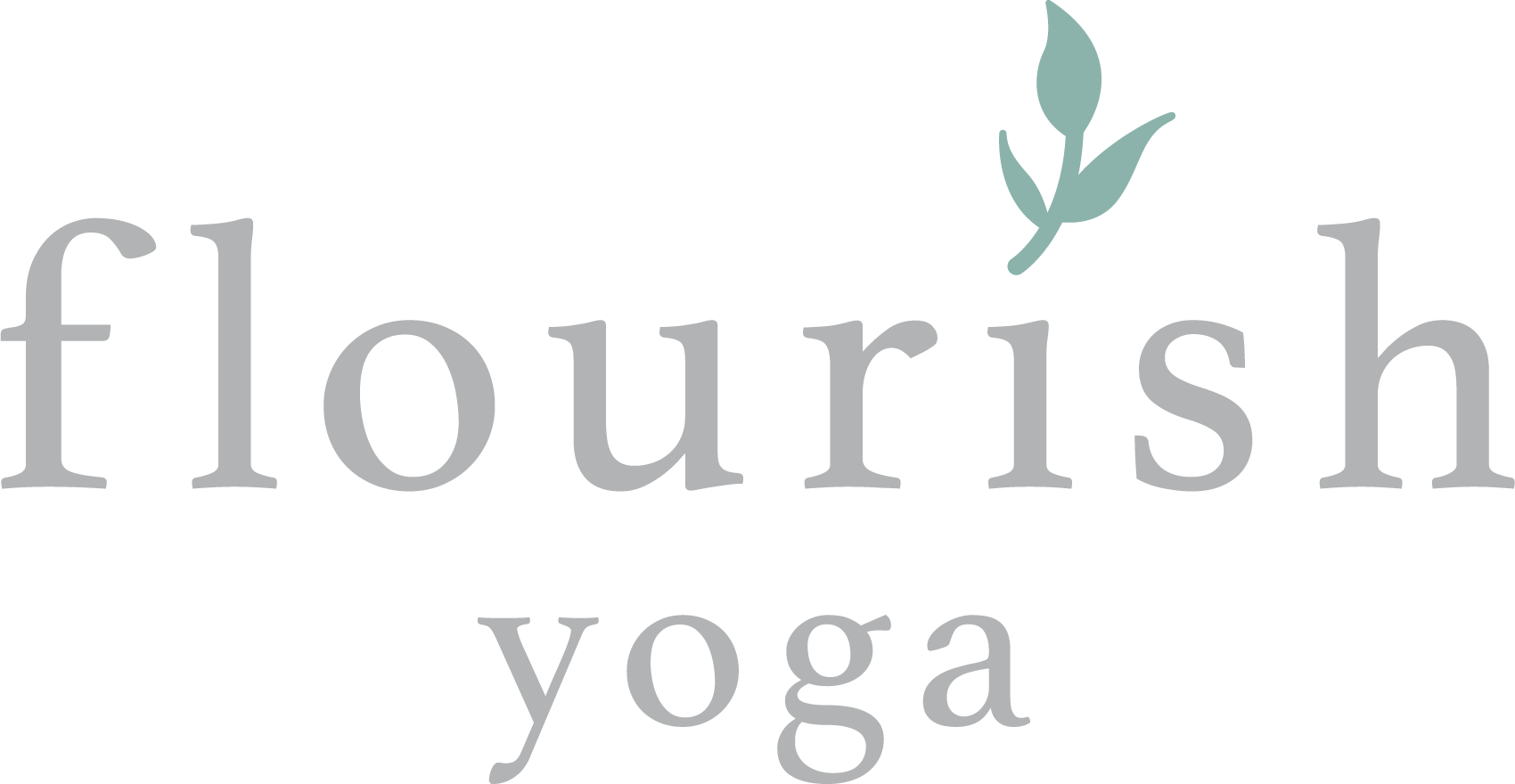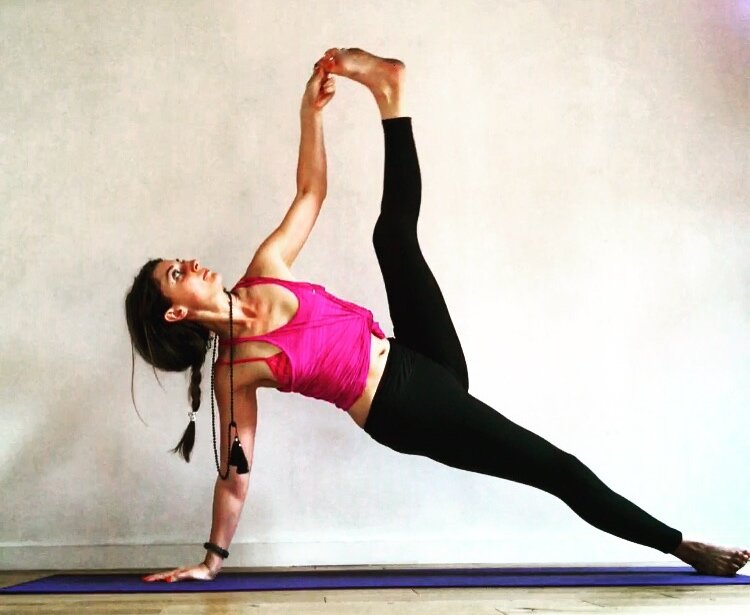Elbows & Knees
Hyperextension - What is it?
The official definition is: extension of a limb or body part beyond the normal limit. In other words, when your joints move beyond what is considered the ‘normal’ or healthy range of motion.
If you’ve been in one of my classes, you’ve probably heard me say, ‘soften your elbows’, ‘micro bend the knees’, or ‘avoid locking your joints’.
Why is this important?
In certain load bearing positions, (when the shoulders are over the wrists such as in plank/side plank, or in straight-leg standing balances), aligning the bones & joints allows us to use the inherent strength of that ‘chain’, so that yoga poses ultimately require less muscular effort to maintain. This helps to spread the load evenly over the whole structure, as opposed to putting pressure on one particular area.
If, however, we load a locked joint, or our joints are hyperextended, the stress goes directly to the soft tissue around that particular joint. It can make the joint unstable and increase the risk of injury (such as tissue damage or ligament tear).
Hyperextended Knee (left) vs Knee in Healthy Alignment (right)
Elbows:
Be mindful in any posture that involves load (weight) bearing on the hands, with the arms straight, poses such as plank, downward facing dog, upward facing dog, side plank etc. In these poses if your inner elbows are facing forward, chances are the joint is locked. Try to soften the elbows, engage the biceps and turn the inner elbows towards each other.
Knees:
Locking the knees tends to put strain directly on the lower back (as well as on the ligaments in the knee joints). Whether you hyperextend or not, be mindful of keeping a micro bend in the knees and engaging the hamstrings in any standing pose where the leg(s) are straight; standing forward folds, balance poses (warrior 3, tree pose), and in triangle pose. The hamstrings are knee flexors (when we contract the hamstrings the knee bends) and contracting them prevents hyperextension (as the biceps do for the elbows).
Side Plank
Disclaimer
**This article is just meant to be informative, it is not meant to act as medical advice nor meant to replace any current treatment you may be undergoing. Please seek clearance or guidance from your licensed medical healthcare professional prior to participating in any of the mentioned tips, advice or movements. If your joints are prone to hyperextension or hypermobility, let your yoga teacher know before class so they can give you the necessary cues to keep your body safe.
What would you like to read more about? Let us know!


